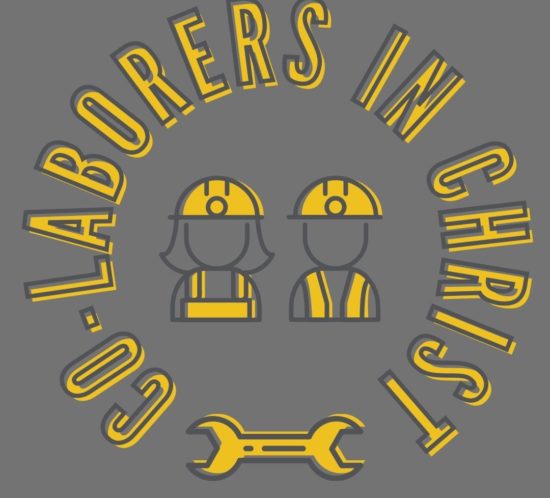Post-Sermon Q&A
Series: Co-Laborers in Christ
Pam and Kyle Wells discuss question brought up from the Co-Laborers in Christ sermon series. Moderated by Susan Isaac.
Books mentioned by Pam
Two Views on Women in Ministry
by Stanley N. Gundry, James R. Beck, Linda L. Belleville, Craig L. Blomberg, Craig S. Keener, Thomas R. Schreiner, Zondervan,
Zondervan
Amazon
Fresh Perspectives on Women in Ministry (3 book series)
Zondervan
Amazon
Neither Complementarian nor Egalitarian: A Kingdom Corrective to the Evangelical Gender Debate
by: Michelle Lee-Barnewall
Baker
Amazon
The Mission of God’s People
by Christopher J. H. Wright
Zondervan
Amazon
A Light to the Nations: The Missional Church and the Biblical Story
by: Michael W. Goheen
Baker
Amazon




